Sewer Treatment System
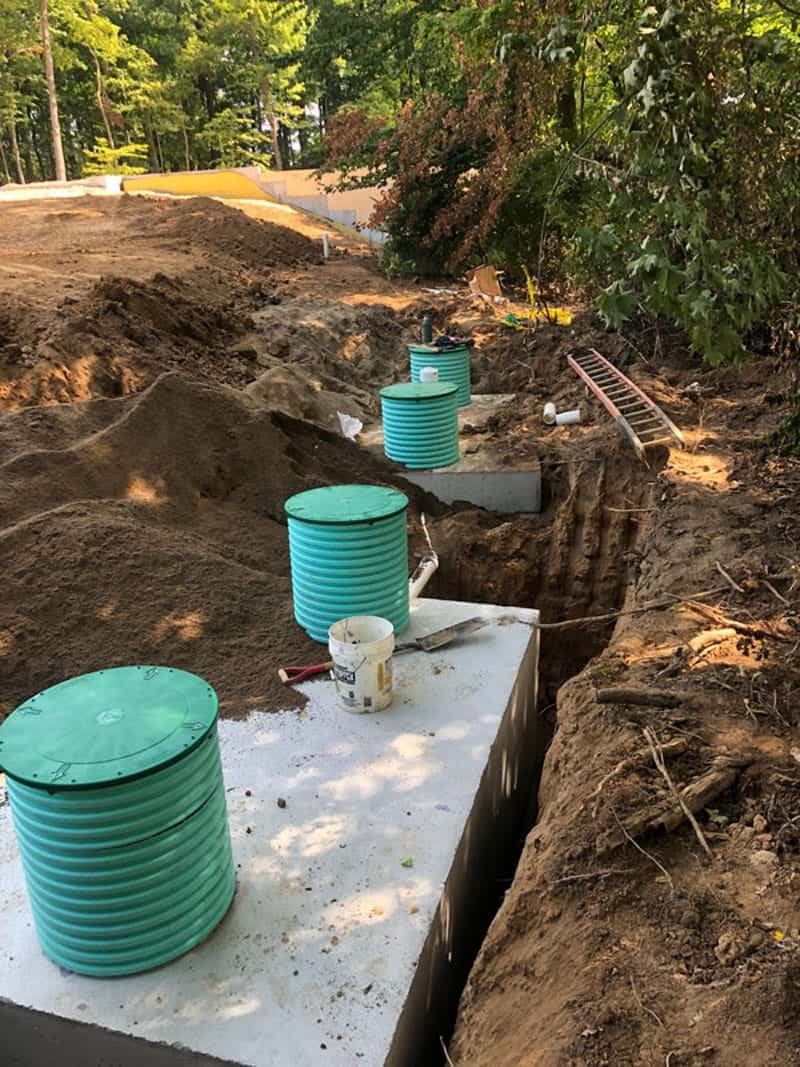
G&R Plumbing is the most reputed company providing sewer treatment system services to all residential and commercial sectors. We are capable of handling any kind of job that you throw at us. Our services include: Sewer cleaning and repair
We are experts in sewer treatment system services including the installation, repairing, and maintenance of the system. Our skilled professionals at G&R Plumbing come highly qualified who can assist you with your needs.
Residential wastewater treatment systems are critical for the health of the environment, your home, and those who live in it. G&R Plumbing specializes in residential wastewater treatment systems; offering quality solutions for any wastewater treatment issue. We have technicians on staff that can handle any of your needs when it comes to residential wastewater treatment systems.
Septic System Repair
If your septic system is malfunctioning or you are just looking to fix a plumbing problem, you can count on G&R Plumbing & Remodeling. We can repair all types of systems, including Vertical, Horizontal, and Pressure Jet. We are experts in all field of plumbing repair, so whether you need a gas line replaced or your water line running to the house repaired, we can handle it. We’ve been in business for over 40 years and continually strive to provide the best service in the Greater Cincinnati area.
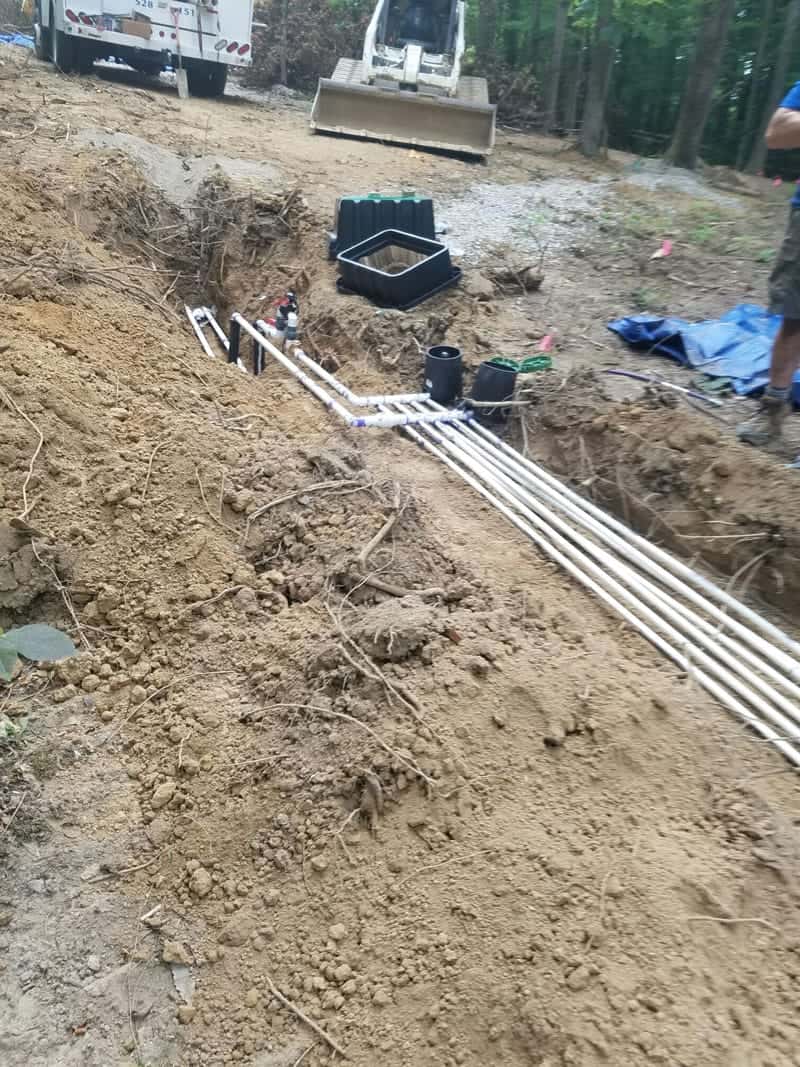
Septic System Replacement
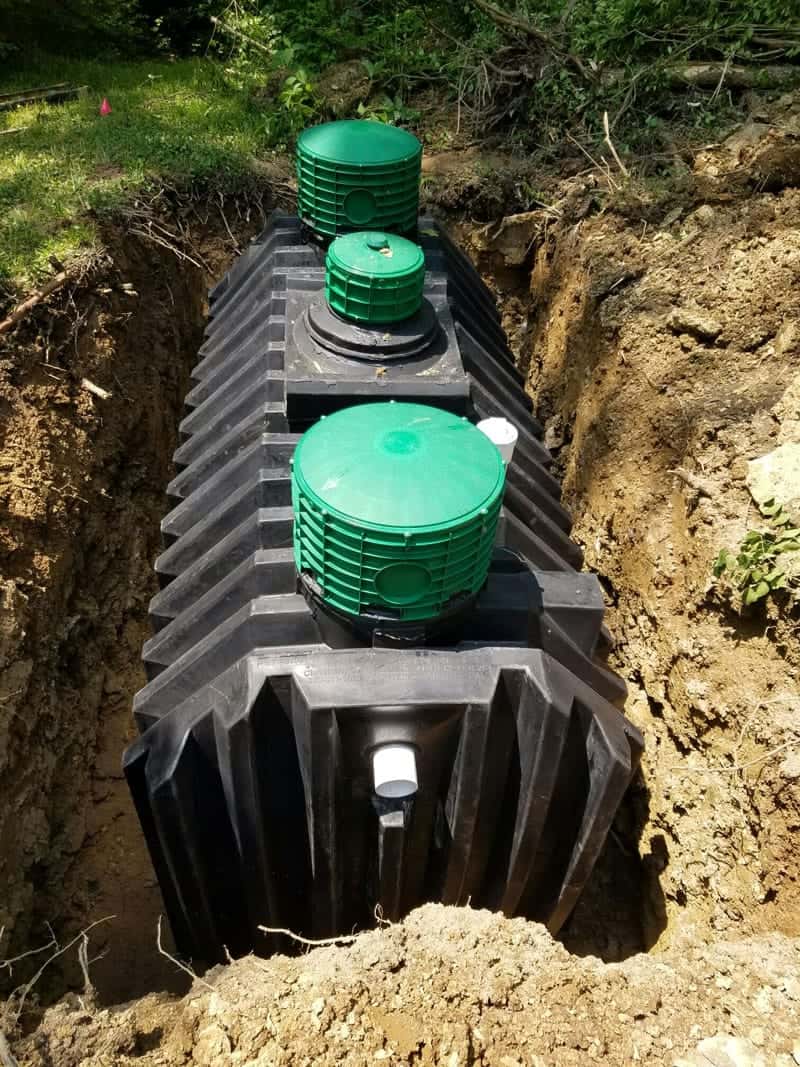
According to the Environmental Protection Agency, 70% of homes in America are estimated to have a buried septic tank system.
Many people use analogies such as shining a flashlight into their toilet bowl with no water or turning on all the faucets in their house when investigating potential problems with this type of system. But there is one definitive way to test if your problem lies with your toilets, and not your septic tank—testing for the amount of water flowing from each fixture already tells you which fixtures can be ruled out as possible sources for flooding.
How can I tell if I need to replace my septic system?
It's safe to say that while a lot of people know what a septic tank is and what it does, not many of us would know how to tell when the time comes for a replacement.
Our plumbers at G&R Plumbing take great pride in keeping our customers informed so they don't have to guess at what they should do in a given situation. Today we're going to talk about how you can tell if your septic tank has reached the end of its lifespan.
Leach Field Repair
Leak detection:
One of the first signs that you might need to repair your leach field is noticing a wet or damp area in your yard. If this occurs, be sure to have it inspected right away by a qualified professional because these leakages can infiltrate and cause damage inside homes as well as function as an excellent breeding ground for mosquitoes.
Sinking land:
As rain water collects at the bottom of your property it may lead to change in how the land sinks. Experienced plumbers from G&R Plumbing will use topographical measurements taken before and after this flooding event with help from laser levelers to determine if there has been any settling on site. This settlement could indicate problems like faulty leach lines, inadequate coverage, and pipe erosion which also will require service.
While a leach field can be used to dispose of wastewater from your home or property, it can also be a key component to improving soil conditions. Other than bad smells, these field systems can collect other potentially harmful substances such as bacteria, organic matter and chemicals that may seep into the groundwater.
To ensure that your leach field holds up for years to come, here are a few tips to ensure it is working efficiently:
Leach Field Repair Tips:
Test Your Soil - It is recommended that you test your soil at least once a year. This will help determine whether or not you need to increase the size of your leach field and if any additional amendments are needed in order to improve the soil conditions in your leach field. The addition of organic matter such as wood chips or compost may be required if the soil is compacted.
Dealing with septic tank and leach field repair is an inconvenient necessity at times that septic system owners face. A well-maintained septic tank will face less repairs over the lifetime of the tank. Obtaining a septic inspection report is a good start to knowing what you are getting yourself into and whether or not there are septic tank and leach line repairs ahead on a potential piece of property you’re interested in purchasing.
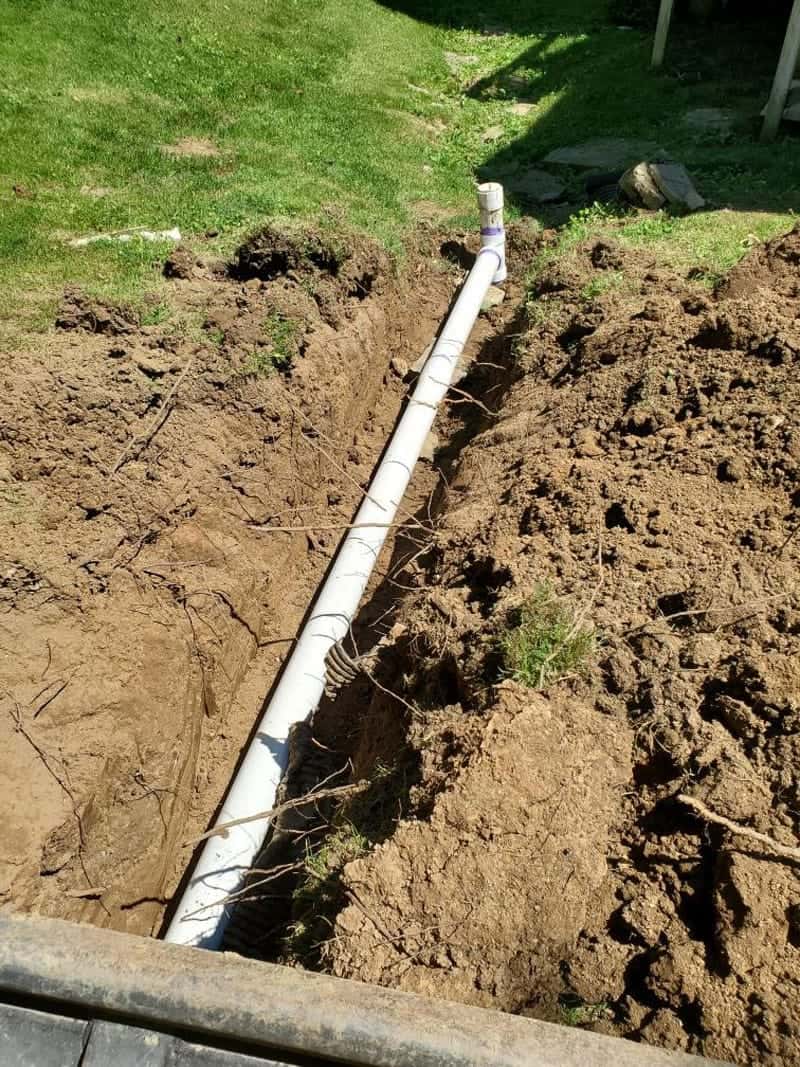
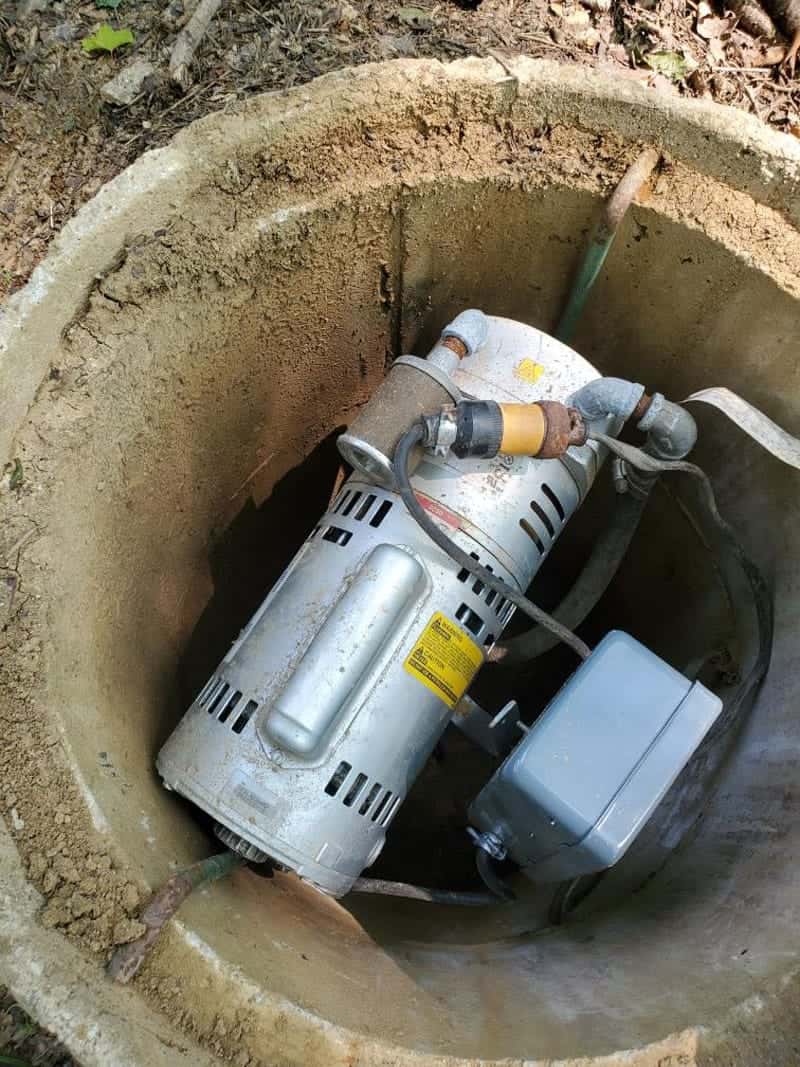
Treating Wastewater
Wastewater treatment process is a delicate procedure that removes the pollutants in the waste water and in doing so, provides clean water for other uses. The four stages of wastewater treatment are: Screening and grit removal, Biological treatment, Secondary treatment and Disinfection.
What is wastewater?
Wastewater is defined as water that has been used in the home or business. This water may have contained some harmful toxins or pollutants.
Suspended Solids
Suspended solids are relatively large particles in suspension, some times referred to as ragging. Any particles that are larger than 0.5 microns can be suspended in a water column. In a wastewater environment, this usually includes large debris such as wipes, paper, and cloth products that are not easily disintegrated by wastewater treatment plants.
Secondary Treatment
The G & R Plumbing help article on secondary treatment contains valuable information on how to properly ensure that your wastewater treatment system is working properly. This is an easy process and can be completed by following the steps outlined in the article. It is important that you perform this monthly maintenance to prevent any issues that could arise if you do not. All in all, secondary treatment is crucial for any sewage treatment plant and can ensure that the people of your community are protected from waterborne diseases. A properly engineered wastewater treatment plant will provide a clean environment for everyone.
Biochemical Oxygen Demand
In environmental pollution studies, biochemical oxygen demand (BOD) refers to the amount of oxygen consumed by microorganisms in breaking down the biochemical components of sewage, sewage sludge, domestic waste, industrial waste, or other organic refuse. BOD is considered an important water pollution index because it provides a measure of the amount of organic pollutants in water. The higher the BOD level in water, the poorer the quality.
BOD is used in conjunction with chemical oxygen demand (COD), which measures only the amount of oxygen consumed by microorganisms in breaking down organic matter. The BOD : COD ratio is a measure of the quality of water intended for further use.
G&R Plumbing is committed to maintaining high quality plumbing that exceeds expectations as well as general customer satisfaction.
Type of Wastewater
We know that the subject of what type of wastewater is best handled by your septic system can be confusing. The following information should help you sort out which type of wastewater is best suited for your home.
Toilet Wastewater:
Types of toilet wastewater:
- Black Water
- Gray Water
- Grey Water
- Toilet Effluent
As a general rule, toilet wastewater or sewage is black water or effluent. However, some toilet wastewater is gray or grey water (water that has been used and contains soap residue).
The liquid waste from a toilet is a mixture of human waste solids and urine. It contains disease-causing pathogens, which are a concern if not handled correctly. It also contains organic material (from tissue paper) and inorganic material (from chemicals). It also contains fats and oils, which clog pipes and septic systems if allowed to accumulate.